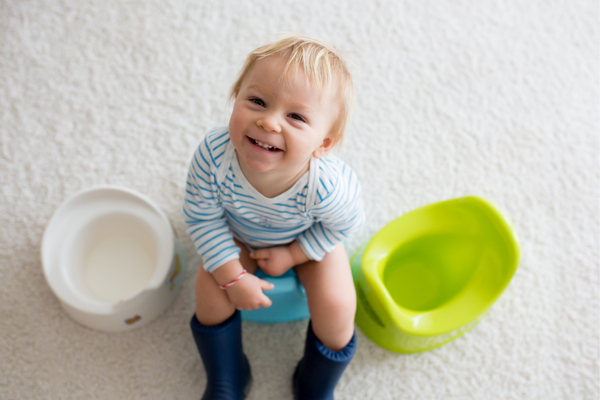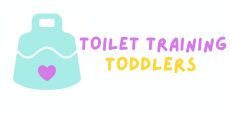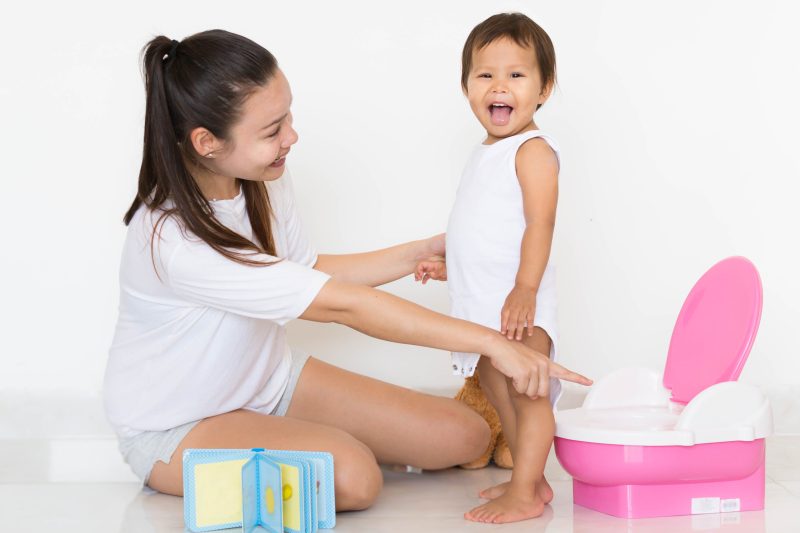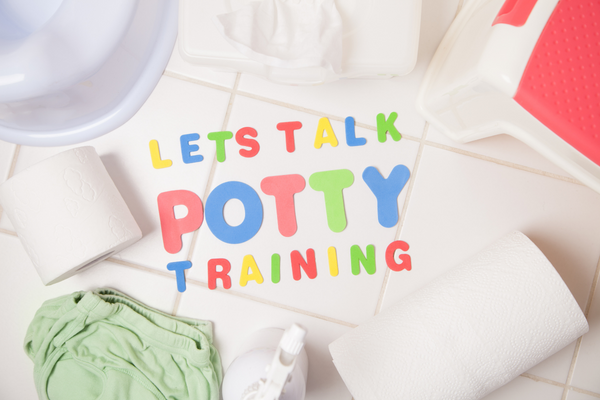If this question is pestering you then the first thing you should know is that knowing when to give up is equally crucial. No parent has failed in potty training, you simply must be aware of the timing. Success in potty training lies in whether it’s the appropriate time to start and whether it’s working or not. You can’t force your child to start caring about going to the toilet to pee.
Disclaimer: This blog post contains affiliate links . If you use them, we might be rewarded credit or a commission of the sale. Please note that we only recommend tools that we personally use and love and we always have our readers’ best interest at heart.
At What Point Do You Give Up On Potty Training?
You thought your child was showing interest so you finally geared up to potty train your toddler. After some time you observed either of the following things:
- Initially, the training was going well, but then it turned into a struggle
- The training failed right at the beginning
In the first case, it started out as a success but quickly turned into a disaster. You might need to sit back and process this and give potty training a rest for a little while. Don’t be in a rush to restart again.
In the second case, the potty training never kicked off properly, and both you and your toddler start struggling right from the start. This could possibly be because of the tactics and methods you implemented or simply because they aren’t developmentally ready. Making some changes and tweaks in your approach can help you successfully potty train your toddler.
Frustration and struggle are common, no matter which of these scenarios you come across. We recommend giving potty training a break if you are encountering ongoing issues.
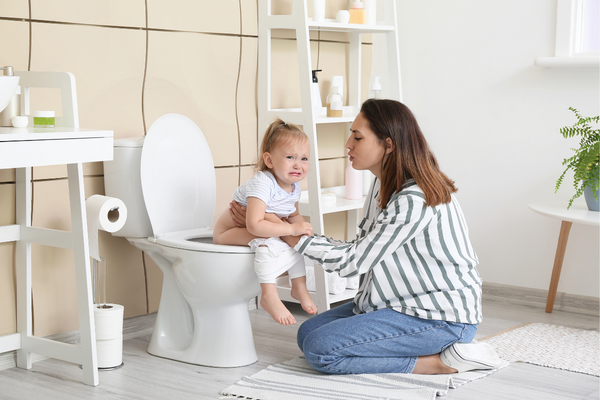
How Long Should You Try Potty Training Before Giving Up?
If potty training isn’t going to plan, how long should you stick it out before throwing in the towel? Unfortunately, the answer isn’t a simple one. Know that even when your child manages to pee in the toilet throughout the day, they might still require diapers when taking naps, and at nighttime. The majority of children continue having accidents until they reach the age of 7.
If you notice that your child is not making any progress despite your efforts, it’s time to pause potty training. Try not to restart the training for at least a few months. And, most importantly, don’t allow your friends or family members to pressure you to follow a specific timeline or method. Each child and their family environment are different.
How Many Accidents Is Too Many Before Giving Up On Potty Training?
When you are contemplating giving up based on accidents, here’s what you should know. It’s normal for accidents to occur even when your toddler shows signs of initial success at pooping and peeing in the toilet/potty. Usually, it’s normal to expect at least 1-2 accidents daily even after weeks of potty training.
This is because going to the potty is a habit, and gets better with consistency, repetition, and time. Simply training your toddler will not eliminate the chances of accidents occurring. Even after potty training for months, there may be accidents once every so often.
Pediatricians suggest that children may not completely use the toilet for pooping until the training has lasted for at least a year. That also doesn’t mean that the accidents will stop occurring magically at the end of the year.
The bottom line is that the frequency of accidents will reduce over time and gradually come to a stop. So, if the accidents are frequent despite your efforts over a year, then it might be best to put a pause while you speak to your pediatrician or doctor.

When Should You Give Up On Potty Training?
You have been potty training your child for some time and can’t get them to poop or pee in the toilet every day. So, you think of abandoning the training altogether. But the question is when to abandon potty training? Here are some points that will help you make this decision:
- When you’re getting stressed out and forcing your toddler to go
- When your toddler refuses to go altogether
- When they start holding their poop to the point of constipation
- When they hide when asked to go to the potty
- When they don’t use the potty when on it, but want to use it when you re-dress them
- When accidents are occurring frequently and they have no interest in going to the potty
Signs Your Child Is Not Ready For Potty Training:
- Your toddler is wet at all times
- They don’t mind staying in dirty diapers
- They don’t show any interest in going to the toilet
- They are unable to undress themselves
- They resist the idea of going to the toilet
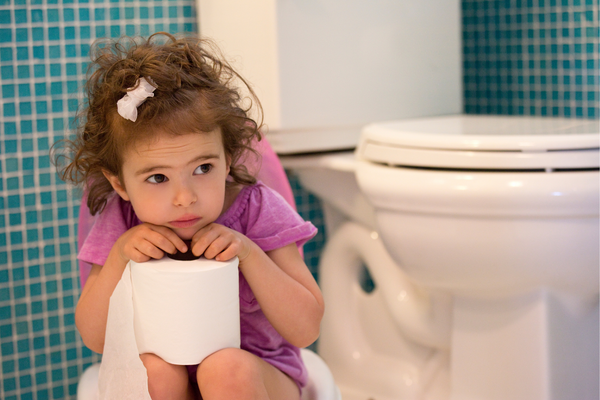
How Long Should Potty Training Take?
No two potty training schedules are the same. However, on average, potty training lasts for approximately 3 months, with girls learning faster compared to boys in general.
If potty training is taking too long, you can always change your approach and introduce a reward system, potty training books or accessories to make the experience more interesting for your toddler.
Potty Training Taking Months
If you think that your toddler’s potty training is taking more time than you initially anticipated, then there could be some underlying problems for this delay. Here’s what you should know in case the training is taking more time:
- In some cases, boys hesitate to poop in the potty because they unconsciously worry that their penis will drop in there too. This leads to anxiety, which is why they would rather poop inside a diaper.
- Experts believe that boys take longer than girls in getting potty-trained because of anxiety. They need reassurance that their body is under their control.
- Toddlers can resist if they are shamed by their parents for having continuous accidents. Keep in mind the language you use around your children – keep it positive and encouraging.
Stopping and Restarting Potty Training
Potty training is a process, not a battle. If things aren’t going to plan, stop the training for a month or so and restart with new ideas and tactics. Always wait for your toddler to be ready physically and mentally before restarting potty training.
